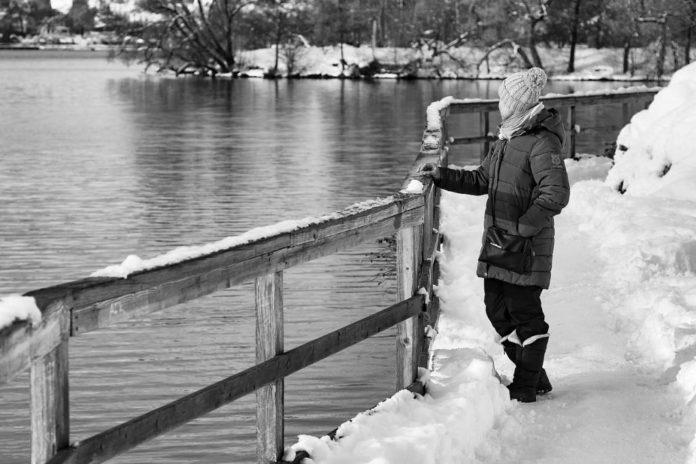
Seasonal affective disorder, or SAD, is a type of depression that occurs during the same season each year. You may have SAD if you felt depressed during the last two winters but felt much better in spring and summer.
SAD is sometimes called winter depression or seasonal depression.
Experts aren’t sure what causes SAD. But they think it may be caused by a lack of sunlight. Lack of light may:
- Upset your “biological clock,” which controls your sleep-wake pattern.
- Cause problems with serotonin, a brain chemical, which affects mood.
If you have SAD, you may:
- Feel sad, grumpy, moody, or anxious.
- Lose interest in your usual activities.
- Eat more and crave carbohydrates, such as bread and pasta.
- Gain weight.
- Sleep more but still feel tired.
- Have trouble concentrating.
Symptoms come and go at about the same time each year. Most people with SAD start to have symptoms in September or October and feel better by April or May.
Some ways to help combat the effects of seasonal depression are:
- Regular exercise is one of the best things you can do for yourself to help.
- Getting more sunlight may help too, so try to get outside to exercise when the sun is shining.
- Being active during the daytime, especially early in the day, may help you have more energy and feel less depressed.
- Light therapy may help by resetting your biological clock. Ask your physician for more information on how light therapy may help you.
It can sometimes be hard to tell the difference between SAD and other types of depression because many of the symptoms are the same. If you suspect you may suffer from SAD or another type of depression, talk to a health care professional, or call Health Link at 811 for more information.








